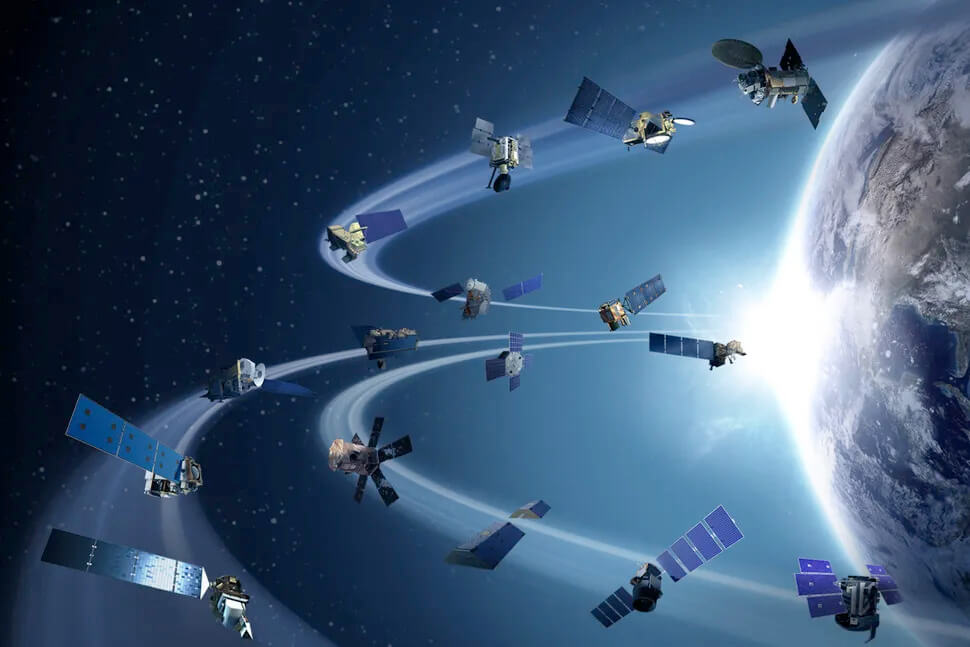Gas supply on Australia's east coast is expected to improve in the first quarter of 2026, but the outlook still depends on how much uncontracted gas LNG producers decide to export, according to the ACCC's latest gas inquiry report released today.
The report indicates a gas supply surplus of between 2 and 24 petajoules (PJ) is expected for the east coast, depending on what the LNG producers decide to do with their uncontracted gas.
"The Queensland LNG producers have reported a reduction in contracted LNG exports, and now expect to have 22 PJ of uncontracted gas available in the first quarter of next year," ACCC Commissioner Anna Brakey said.
"Given ongoing concerns about sufficiency of domestic gas supply, the ACCC will be monitoring whether and how this gas is offered to domestic buyers."
"Despite the improvement, the supply-demand outlook remains tight in the southern states," Ms Brakey said.
"For the first time, southern gas producers are not expecting to produce surplus gas in the first quarter of the year, when demand is usually at its lowest. This may create challenges for fully replenishing southern gas storage facilities ahead of winter 2026."
Regional supply-demand outlook for quarter 1 2026 (PJ)

Source: ACCC analysis of data obtained from gas producers in July 2025 and of the domestic demand forecast (Step Change scenario) from AEMO, Gas Statement of Opportunities (GSOO), March 2025.
Note: Totals may not sum due to rounding. The quantity required to meet long-term LNG SPAs includes feed gas requirements (such as fuel) required to produce LNG. LNG producers' uncontracted gas has been zeroed out when negative as this gas must be acquired from the domestic market, either as additional gas production, purchases or a reduction in exports which would have a net 0 impact on the forecast.
Gas suppliers and users have signed more long-term supply deals so far this year, for supply in 2026 and 2027.
But the report found, despite this, the total amount of gas secured under these contracts remains below levels seen before 2022. Most of the contracts are for only one year.
Prices offered by gas producers for 2026 supply eased in the first half of 2025, falling by an average of 2 per cent to $13.12 per gigajoule (GJ) compared to the second half of 2024. In comparison, prices offered by gas retailers for 2026 supply averaged $14.33/GJ.
For 2027, the average price under producer contracts was $13.93/GJ, while retailer contracts averaged $14.30/GJ. Suppliers contracted a total of 18 PJ of gas for 2026 supply, and 21 PJ for 2027.
Gas policy measures have not made a material difference for local users
The report also reviewed the impact of the Gas Market Code (Gas Code), the Commonwealth Heads of Agreement with LNG exporters (HoA) and the Australian Domestic Gas Security Mechanism (ADGSM), following the ACCC's initial observations reported in June 2025.
The ACCC has found these measures may have added some gas to the local market, but, overall, they have not materially improved outcomes for gas users.
"There are limits to what the gas policy measures can achieve on their own if the underlying causes of inadequate supply and ineffective competition are not addressed," Ms Brakey said.
"In addition, they may also be having some unintended incentive effects and causing inefficiencies in gas supply negotiations."
The ACCC's review has found that the 2023 reforms to the ADGSM appear to have reduced LNG producers' incentives to make a net contribution to the domestic market.
These changed incentives appear to have had the unintended consequence of exacerbating the risk of domestic supply shortfalls.
Further, since the 2022 HoA was entered into, the volumes of gas being offered and supplied by the LNG producers to the domestic market have declined over time, while LNG export volumes have increased.
The ACCC's submission to the Gas Market Review outlines the ACCC's experience and observations arising from the inquiry to inform government consideration of reforms to promote longer-term gas market efficiency and measures to ensure that, in the interim, the Code, ADGSM and HoA are fit for purpose.
Background
In 2017, the Australian Government directed the ACCC to conduct a wide-ranging inquiry to improve transparency of the gas market in Australia and support its efficient operation, and to monitor gas supply. On 29 August 2025 a new direction was made to formally extend the inquiry to 2030 and to establish quarterly reporting.
The ACCC's next interim report is scheduled for December 2025






